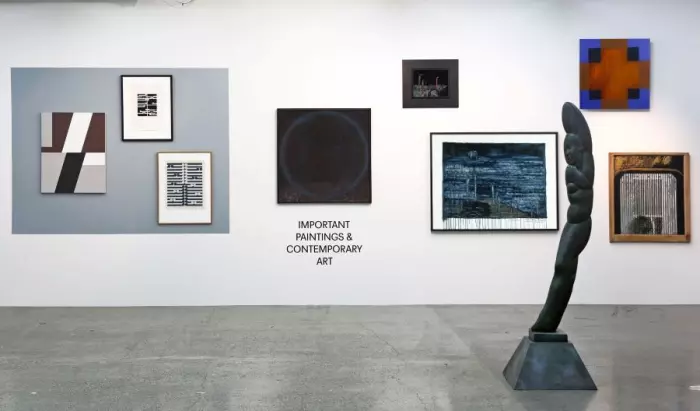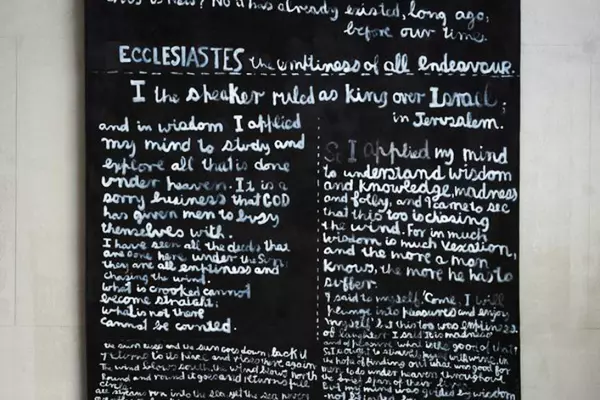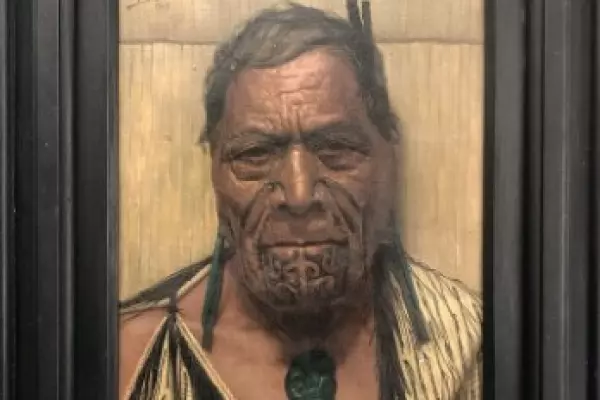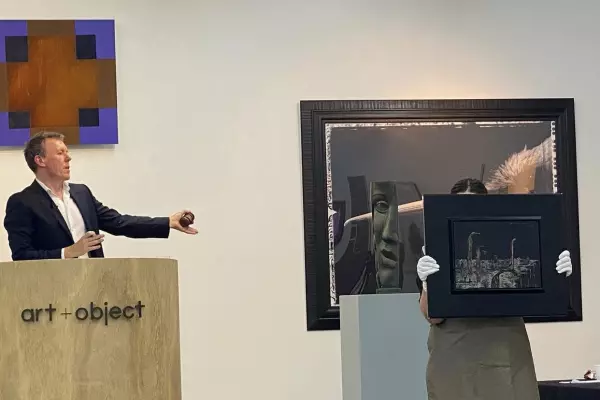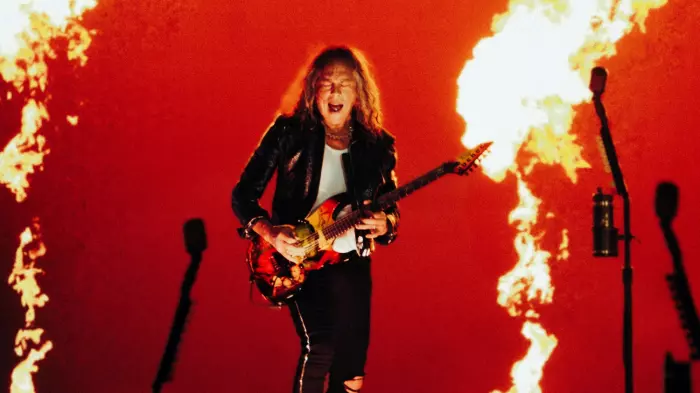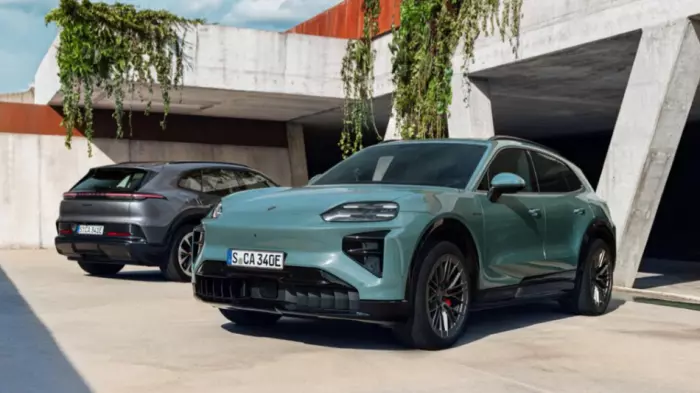Ralph Hotere is one of the best-known artists in the history of New Zealand art and these days, his work is the second most traded, just behind that of Michael Smither. Prices for Hoteres have been extremely varied in the past 20 years, and with the current art market in what some are calling a “boom cycle”, it’s important to look at the way external factors can influence the value buyers place on an artist’s work.
Hotere was a pioneering Māori artist who made a huge contribution to New Zealand’s art history. Born in Mitimiti in the Far North in 1931, he did his early art training at the Auckland and Dunedin teachers’ colleges, before studying at the Dunedin School of Art. Hotere’s talent was recognised by Gordon Tovey, the national supervisor of arts and crafts in the Department of Education, who was instrumental in facilitating the Māori Modernism art movement. He recruited him as an itinerant Māori arts and crafts adviser based in the Bay of Islands, and allowed him time off from teaching to paint.
Trips to the UK and Europe in the early 1960s led to Hotere’s first major body of work, the “Sangro” series, and his reputation as an artist grew internationally. He returned to New Zealand in 1965 and continued his work in earnest. Awarded the Frances Hodgkins Fellowship at the University of Otago in 1969, he moved south again and lived in the province for the rest of his life, producing some of his most significant works, including the corrugated-iron paintings protesting a proposal to build an aluminium smelter at Aramoana, and the Song Cycle banners.
Throughout his lifetime, a number of dealers and galleries exhibited his work, including Bosshard Galleries in Dunedin, RKS Gallery and Works on Paper Gallery in Auckland, and Janne Land Gallery in Wellington. He was prolific in his practice, producing a large number of paintings, works on paper and prints, and often gave them to friends and acquaintances as gifts or as payment for services.
Unlike for any other artist in the history of New Zealand art, the market for Hotere has experienced huge ups and downs since the early 2000s. Art consultant Sophie Coupland was head of art at Webb’s auction house in 2000 when the market suddenly started to change. “A small number of good collectors realised that they didn’t have a major Hotere in their collection and looked to fill this gap through auction,” she remembers. At this time, the value of the market generally was increasing, coinciding with a property boom, and Hotere’s work saw an uptick in value from a few years before, when his major creations would realise less than $15,000.
The market changed dramatically in June 2002, when Webb’s offered Aramoana, a major Hotere painting housed in a sash window frame with an estimate of $90,000 to $140,000. A couple of keen collectors competed for the work, pushing the final price to $210,000. A few other Hotere paintings in the same sale also exceeded price expectations, but the sale of Aramoana was the genesis of what was to follow.
Interest in Hotere’s work increased across the board and speculators – many of them uneducated art buyers – saw him as the poster child for a booming market and started buying his paintings en masse. As Hotere had been an enormous producer of work, there was a lot for the buyers to choose from. A look back at the auction records of the time shows his works regularly fetching double their pre-auction estimates, and very few paintings went unsold. The best paintings regularly sold for more than $200,000, and even works of poor quality fetched well into the thousands. When asked about the Hotere market at this time, art consultant Mary Vavasour, who had sold his works on paper through her gallery in Auckland, said: “Hotere was the name on everyone’s lips and he became a commodity.”
Although the market shift started at auction, the same phenomenon carried over into the dealer galleries. In August 2002, my first art-world job was at Ferner Galleries in Auckland. A retrospective Ralph Hotere exhibition, comprising more than 40 works, was staged a few months after the record sale at Webb’s, and I vividly remember the pent-up demand of buyers. Multiple clients were waitlisted for works, and on opening night, the gallery directors worked well into the night to manage the holds and sales. After 20-plus years in the art world, I can confidently say this type of frenzied buying activity in the galleries does not happen often, especially with “resale” work which is also readily available on the secondary market.
The market carried on like this for a few more years; although the desperation of buyers was gone, the new benchmark prices had been set so the levels achieved carried on. In 2005, things started to change. A scroll through the auction records from this time shows multiple works passed in, which made potential buyers wary and forced sellers to accept a lower price to get a work sold. The global financial crisis in 2008 further cemented this new reality, and Sophie Coupland says speculators who had bought Hotere at the height of the market “all tried to offload their works at the same time and the market crashed”.
Prints were back to selling for $3000 instead of $8000 and the value of works on paper also dropped dramatically. Collectors who owned major works didn’t want to send them to auction for fear they wouldn’t sell, or perhaps didn’t like the pre-sale estimates they received from the auction houses, so very few were put on the market.
It’s taken a long time, but the market is finally improving. Since 2016, there has been an increase in confidence, and more Hotere works are selling than are going unsold. At Art + Object’s November sale, two small works on paper, estimated at $6000 and $10,000, realised $23,000 each. Although the top end of the market at auction is yet to return to the heights of the early 2000s, Art + Object director Ben Plumbly feels positive about a work he has coming up in his Important Paintings and Contemporary Art Sale on April 7. Black Window, a painting with an important exhibition history and fresh to the market, has an estimate of $130,000 to $180,000.
For those clients who prefer their transactions to be done discreetly off-market, there are still sales to be made at the very top end at prices that equal those paid at the height of the market in the early 2000s. Mary Vavasour acquired a Song Cycle banner for a client during the flat patch for $200,000. Such works were selling for $400,000 before the crash, and in the past year, her client has had offers of that much for theirs, suggesting the market has returned at the top end.
Gary Langsford is one of the few dealers still dealing in Hotere’s top-end works through his Auckland gallery, Gow Langsford. He says there is a lack of scholarship on the artist, and more books and academic writing on him would help buyers to become more educated and discerning about his oeuvre and more able to separate the good works from the lesser examples.
So, what can this period of the market tell us about buying as a whole? Watch the market closely and be informed about prices and an artist’s practice. If you are going to pay a top price for something, ask yourself does the work really justify the outlay.
But most importantly, buy a piece that you love and want to live with on the wall every day, and be prepared to hold it long term in order to ride out the ups and downs of the market.
Briar Williams is a fine arts valuer at Art Valuations NZ


